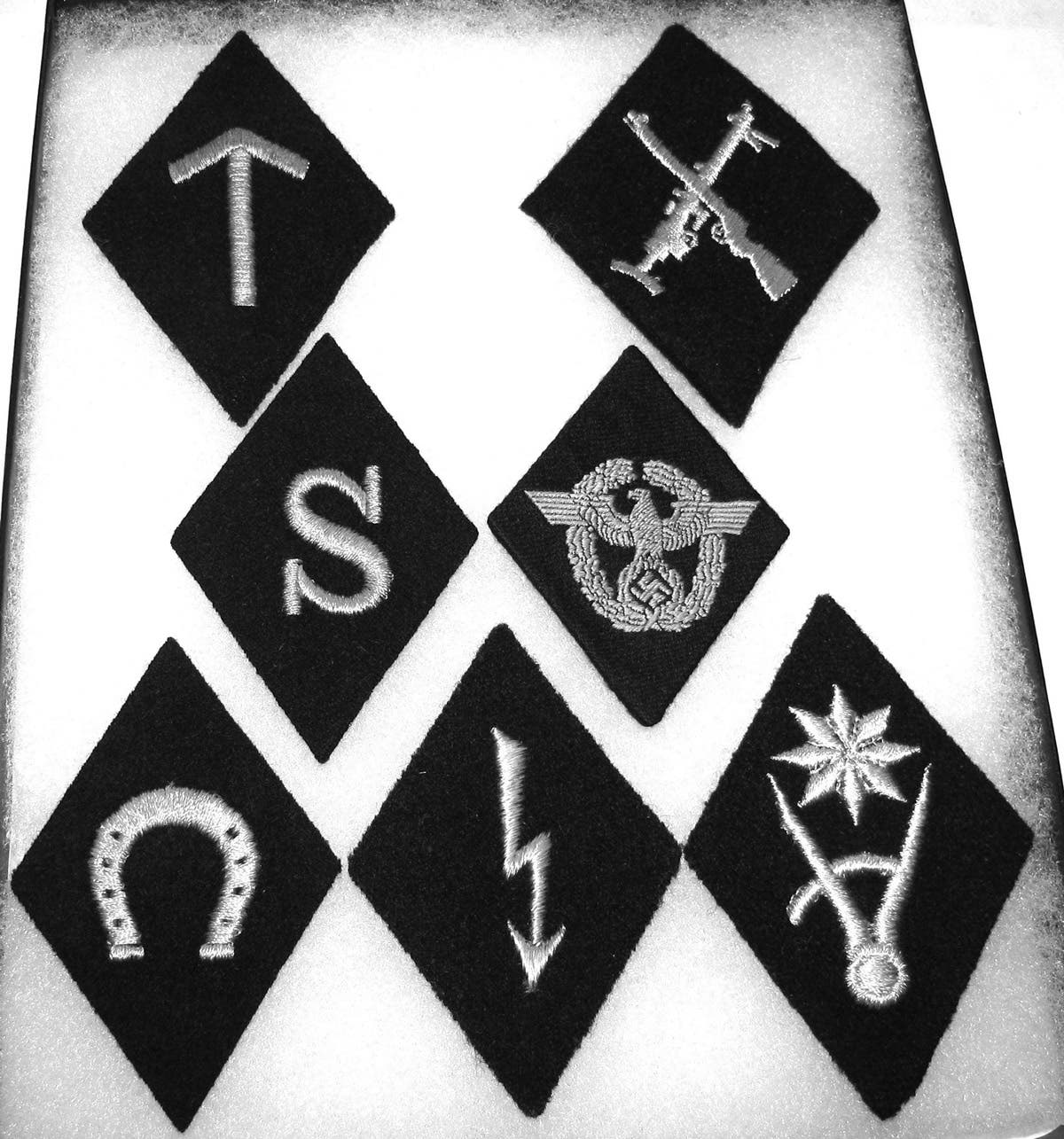More Than a Plate
A salute to the WWI Mess Kit by Alexander Barnes It is true, the majority of US militaria collectors tend to chase the uniforms, helmets, patches, and medals of the…
A salute to the WWI Mess Kit
by Alexander Barnes
It is true, the majority of US militaria collectors tend to chase the uniforms, helmets, patches, and medals of the soldiers and Marines who served in elite units such as the Special Forces, Alamo Scouts, LRRPs, 101st and 82nd Airborne Divisions, and the like. Even collectors who focus on the periods of military history before these units existed, such as the First World War, chase after the painted helmets, uniforms, medals, and photographs of the 2nd, 42nd, and the 77th Divisions, as well as the Air Service and the Tank Corps. And that’s okay. These are all definitely worthy of pursuing. But keeping in mind that there really are a finite number of some of the most highly desirable (and expensive) items, perhaps it might be a good idea to look into also collecting some of the more mundane — yet very important — pieces of a soldier’s gear.
As has been written in many of the histories of the US Army in the Meuse-Argonne, the problems encountered with trying to feed and supply the 1.2 million Doughboys were monumental. Bad roads, bad weather, and sometimes, bad discipline, led to many hungry days for many troops.
Getting supplies forward to the fighting units always hard. In one example, it was made much harder when German artillery knocked out one of the pontoon bridges being used by the 29th Division to provide logistical support. As the history of the 113th Infantry Regiment would later record, “we had no breakfast, no dinner and no prospects of supper. The kitchen had gotten stuck in a shell hole…under these conditions; permission was granted to eat the reserve rations.”
Many other divisions also reported that their frontline infantrymen had gone several days without receiving rations. Soldiers straggled away from their units in search of food. Some were reduced to looking through packs of dead or captured German soldiers hoping to find something to eat. Even after the Armistice, the only question asked more often than “When do we go home?” was “When do we eat?”
So, with all that in mind, here is a quick look at the humble, yet incredibly important, tool that carried the food: The basic US Army mess kit (M1910 Meat Can). Not only did soldiers like to carve their personal information onto their mess kits, they apparently liked to have photographs taken with them.
In a hobby where collecting combat-used equipment and theater-made items is often the focus, the truth is that such pedestrian items as mess kits, knives, forks, spoons, canteens, and canteen cups may be the closest a collector can get to the front lines. Most Doughboys received completely new uniforms before demobilization. Many of their helmets were turned in for refurbishing. In contrast, no efforts appear to have been made to exchange mess gear. After the hungry days of the Meuse-Argonne, no self-respecting Doughboy would venture far from his eating utensils. In their words: “Hey, when do we eat?”
Alexander F. Barnes was born in Niagara Falls, New York, and grew up in an Air Force family. He enlisted in the Marine Corps in 1974 and then joined the Army National Guard in 1977, retiring as a Virginia Army National Guard chief warrant officer in 2004. He retired as a US Army Civilian at Fort Lee in July 2015. Barnes has a master’s degree in Anthropology and has authored 7 military history books His most recent World War One books have told the story of immigrants in the US Army and the close linkage of the Doughboys and baseball. He currently serves as the Command Historian for the Virginia National Guard.






